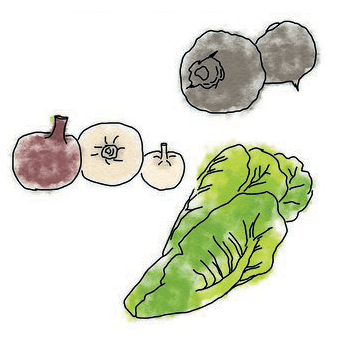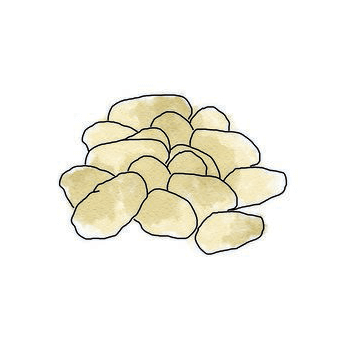Author of Sustainable Gardening Made Easy, Eva Pettersson, invites us to become stewards of more sustainable lives, sharing excerpts from her book on how permaculture is the best tool for doing so. Cozy on up with a pen and paper – winter is the true start of the gardening season.
Personal note
Winter is here, and many gardeners talk about the end of the growing season. But from my point of view, winter is the start of the growing season. How come? For me, everything starts with planning for the following year. To think through what worked well and what didn’t; if there was anything missing last season and, best of all, to start planning and even buy the seed for next season.
One thing that I really want to recommend is to grow with crop sequences. In the past, this was a standard practice, as it was unthinkable to deplete the soil and expose the crops to diseases and insect attacks. One could still cultivate with nature. Since the 1950s, this knowledge has slowly but surely disappeared due to the use of artificial fertilizers and chemicals. Fortunately, it has started to swing back in favor again, dusting off the old knowledge.
Of course, you do not have to blindly follow these suggestions. As always, the best is to adapt your cultivation to what you want to eat yourself.
Book Excerpt
Crop sequence
There are several forms of crop sequences – or crop rotation, as it is also called. One way is that plants are planted sequentially in the same cultivation area within the season. For example, one can first grow lettuce, then dill, which also peaks quickly, and finally winter lettuce, which will finish growing late in the season. Another form of crop rotation is the one that runs over a number of years and where the plants change their place of planting from year to year according to the set rules.
It is not as difficult as one might think at first glance. By dividing the crops into four parts, which are then cultivated according to the 4-year crop rotation, you are already up and running. To keep track of what you grow and how it is progressing, it is excellent to keep notes.
The basis of crop rotation is that plants with similar nutritional needs are cultivated together in each bed while at the same time ensuring that the plants thrive on growing together.
Depending on how many different plants you want to grow, how large the available area is, and how good the soil is when you start your cultivation, you can choose between different amounts of years in your crop rotation cycle.
The benefits of crop rotation
- Reduced soil fatigue
- Healthier soils
- Reduced number of diseases
- Fewer pest infestations
- Optimal nutritional conditions
- Different amounts of years in a crop rotation
4-year crop rotation

YEAR / BED 1
Plants that provide nutrition
Beans, Peas, Green crop plants such as clover, vetches, and lacy phacelia

YEAR / BED 2
Nutritionally demanding plants
Brassica, Turnips, Celery, Tomatoes, Cucumber, Squash, Melon, Maize, Leek, Garlic

YEAR / BED 3
Moderate requirements for nutrition
Carrots, Parsnip, Beets, Radishes, Spinach, Chard, Onions, Lettuce, Dill, Parsley

YEAR / BED 4
Small nutritional requirements
Potatoes